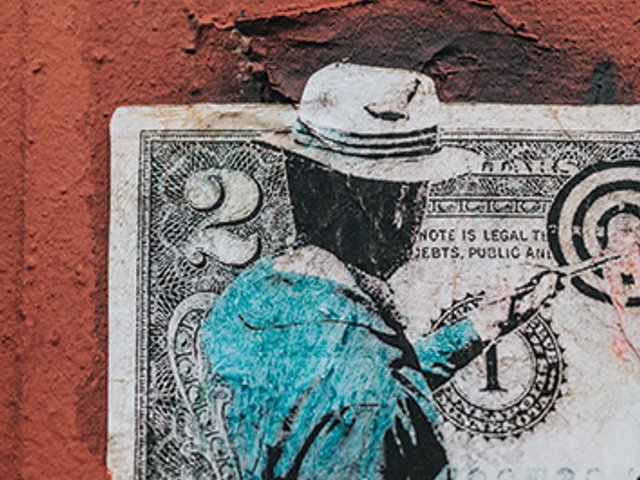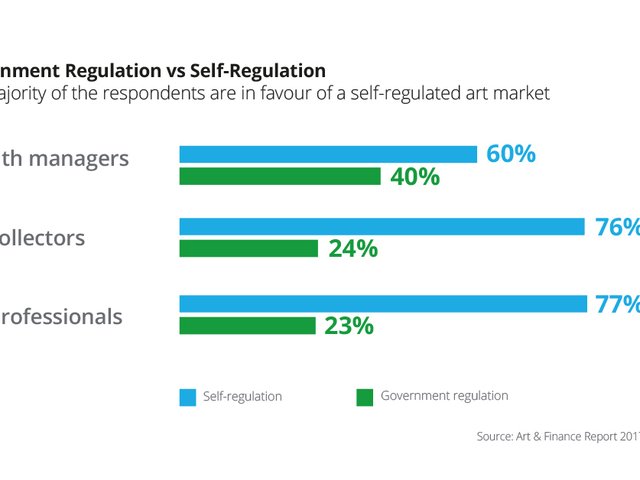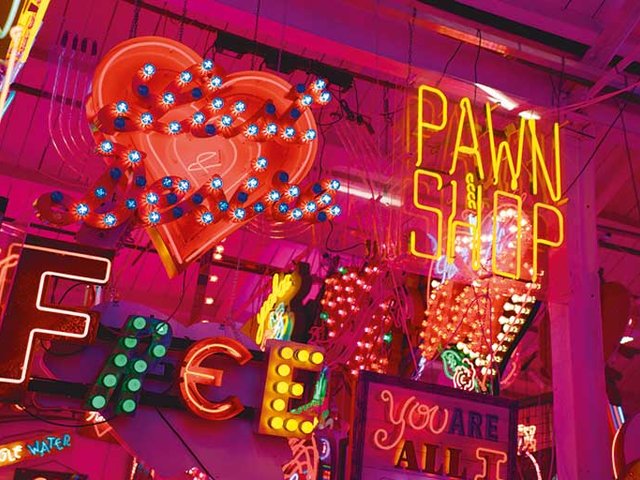“Art lending business is booming”, according to the first comprehensive poll of the industry, conducted by the research firm Skate’s and due for publication on Tuesday, 4 August. The report calculates that art loans could account for more than $10bn in 2015, at least twice the 2011 level, and could grow to become a $100bn market.
Driving business is the growth of art sales at the top levels—where lenders feel confident that a work could retain most of its value over the longer term. Skate’s identifies the $1m-$5m and the over $20m ranges as “the most liquid art-market segments today”.
The lower end of the scale is also witnessing some growth: the report highlights the inroads made by Borro, which will lend against works that are valued starting at $5,000 (although its average is $250,000).
Lending rates vary among the 39 businesses identified. Private banks—that generally take assets other than art into account—can go as low as 2%, while the specialist firms can charge 15% (Skate’s was only able to get rate information from 9 of the 39 firms that it lists). The majority of firms will not lend more than 40% to 50% of a work’s value, although Borro does offer up to 70%, provided it has the right to sell the work.
Adding considerable weight to the industry is Sotheby’s, the biggest art lender to date, according to the report (and based on publicly available sources). In early 2014, the auction house established a separate business dedicated to finance, and now has the ability to lend up to £1.3bn against art.
Paul Ress, the founder of Right Capital (a UK-regulated firm that matches art lenders with borrowers), says that art buyers are beginning to understand how debt could be used “intelligently”, as it is in other industries. He also identifies the “challenges” lenders face—already familiar within the art market—such as the risks of valuation, title and authenticity, which he says are increasingly being addressed by the insurance industry. The art loan industry has faced challenges in the past, including lawsuits involving the celebrity photographer Annie Leibovitz and the artist Julian Schnabel.
A full copy of the report is available at Skate’s Global Art-Loans Report





